Banda Sea Liveaboard
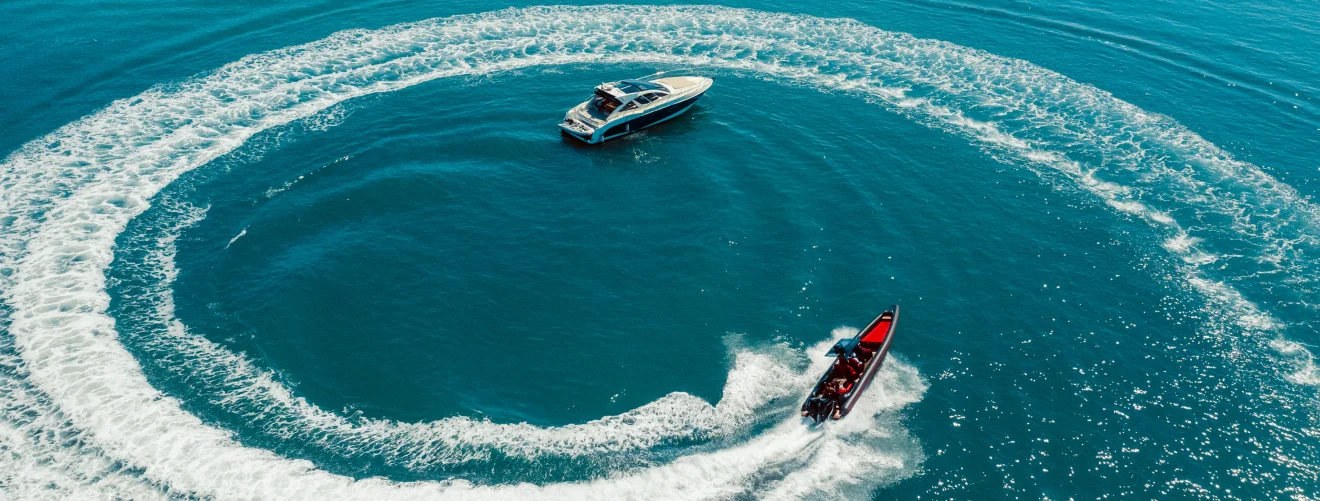
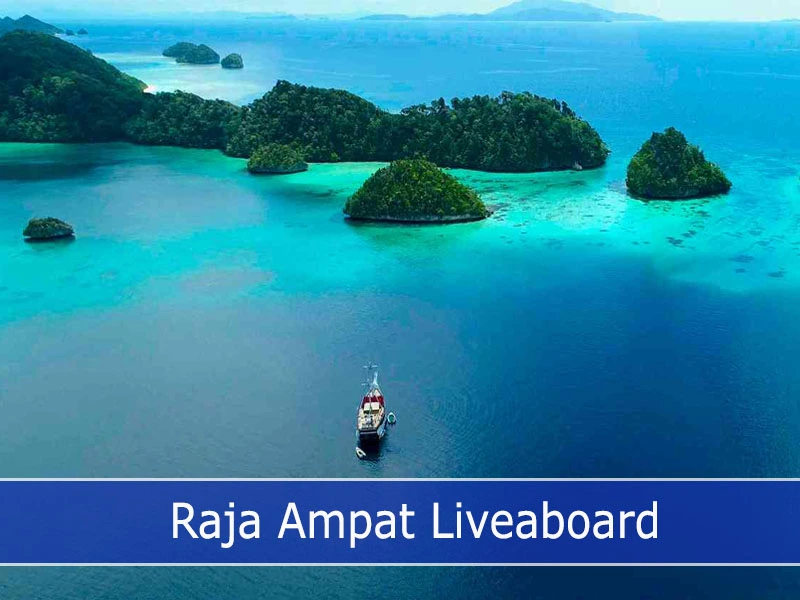
Discover With Banda Sea Liveaboard
Banda Sea offers is a unique destination for scuba diving enthusiasts. A Banda Sea liveaboard adventure promises a thrilling exploration of untouched coral reefs, vibrant marine life, and above all, the migration of the Hammerhead migration.
With this guide you will learn everything you need to know about when to visit, what to expect underwater, and essential travel information to ensure your Banda Sea liveaboard journey is truly unforgettable.
Get In TouchWhat is Banda Sea famous for?
When planning to do Banda Sea diving, by far the highlight is the Hammerhead Shark migration. The diving season in Banda Sea is not very long but it is special. Imagine yourself being underwater at approximately 25 meters deep (82 feet) and diving right next to a huge wall of 100 Hammerhead Sharks.
Another thing for Banda Sea liveaboard is the whale watching. Of course, a difficult task but once it happens, it is a memorable experience.
The coral reefs in Banda Sea are simply stunning, largely untouched by large tourism because of the remote location. Thresher Sharks, and different types of rays are often seen here but sharks and whales are by far the highlight.
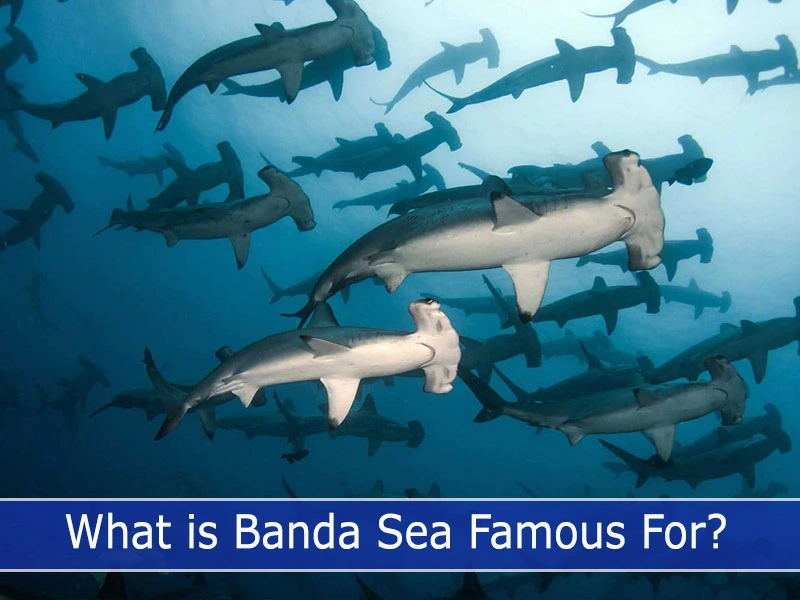
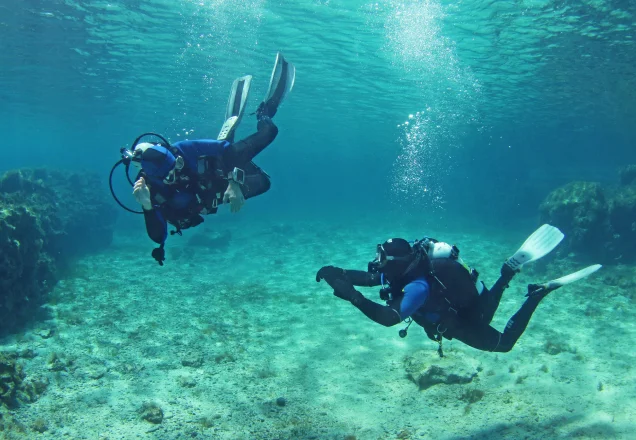
Peak Season: March to May and September to November
As part of the best Liveaboard Diving Indonesia , Banda Sea liveaboard has two main seasons, one more popular than the other. March to May is a perfect moment to be in Banda Sea but at the same time, that is also a relatively good season for Raja Ampat.
This makes us understand that September to November is best time to be in Banda Sea. That is also when most of the Banda Sea liveaboard will be there, coming down from Komodo in preparation for the Hammerhead migration.
What Can Be Seen Underwater in the Banda Sea
Underwater in the Banda Sea, you can see a wide variety of marine life, including colorful coral reefs, schools of fish, sharks, dolphins, manta rays, sea turtles, and other interesting sea creatures. The coral reefs are particularly stunning, with many different types of corals and other invertebrates to observe. The Banda Sea is also home to many different species of fish, and it's common to see large schools of them swimming around.
For those interested in bigger marine life, there are chances to see sharks, dolphins, and even manta rays. And of course, there are always sea turtles to be spotted as well. Overall, the Banda Sea is a rich and diverse ecosystem that offers plenty to explore and discover for anyone interested in marine life.
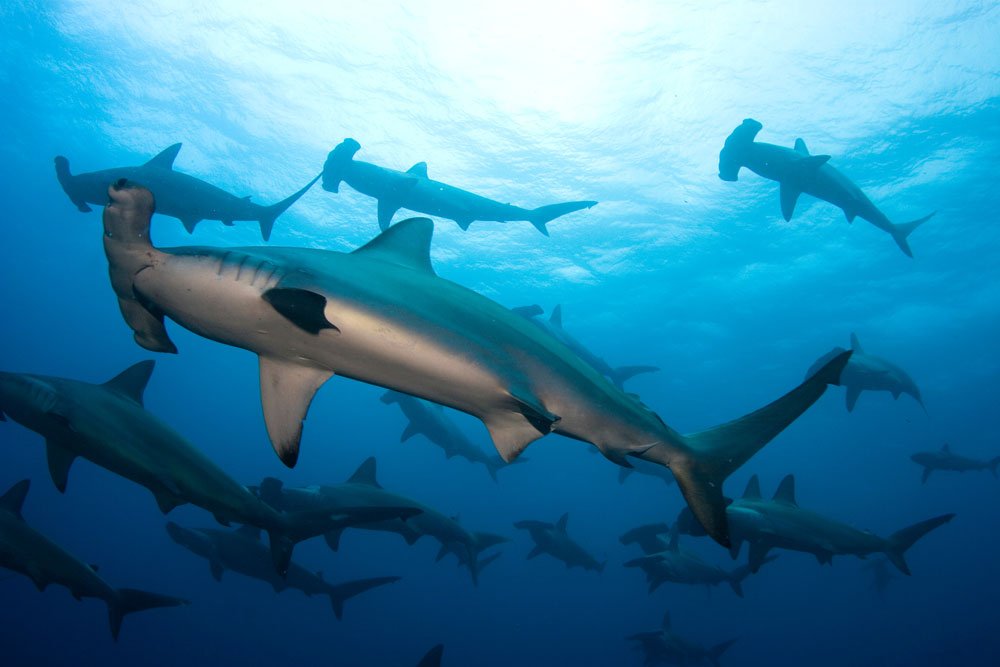
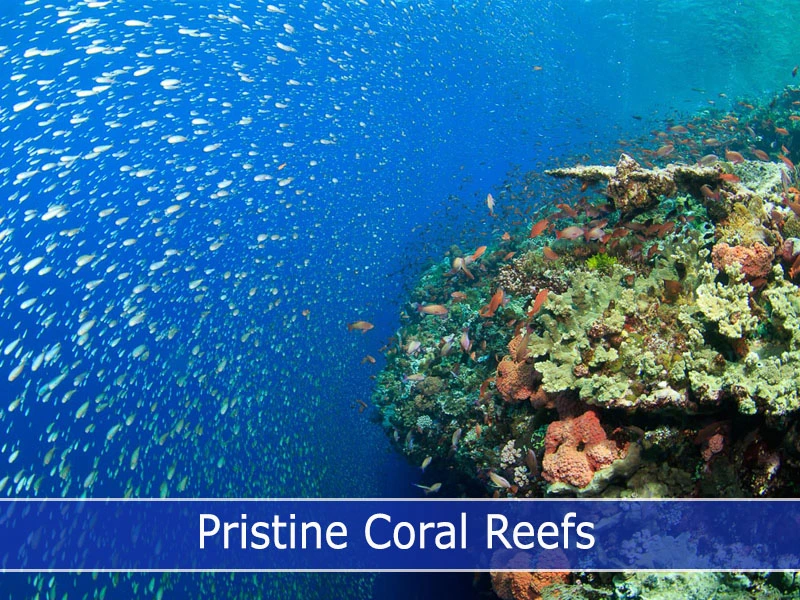
Pristine Coral Reefs
Because of its remote location, Banda Sea is largely untouched by tourism which in return means simply stunning pristine coral reefs divers can enjoy all around. Rarely it's going to happen that you will see any type of poor coral reef.
Starting off from Ambon, moving to Banda Neira, Suanggi, and coming back, you will find amazing coral reef.
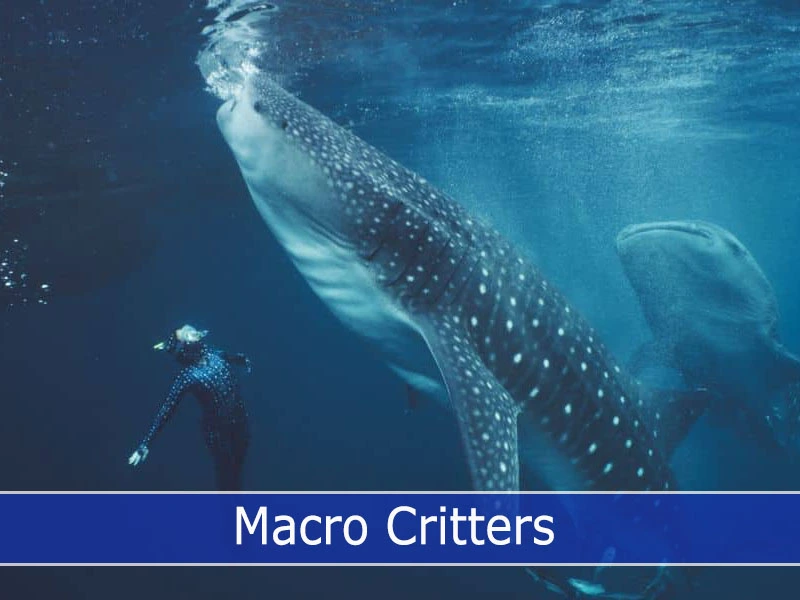
Macro Critters
Although Banda Sea is famously known for bigger marine life such as sharks and whales, Banda Sea offers excellent macro photography opportunities, mostly near Ambon and Banda Neira.
Most of the Banda Sea liveaboard plan accordingly to maximize the preferences for both macro and wide angle photography.
Traveling to the Banda Sea
The Banda Sea is a sea located in the eastern part of Indonesia, between the Molucca Sea to the west and the Seram Sea to the east. It is surrounded by the islands of the Maluku province of Indonesia, including Ambon, Banda Islands, and Kai Islands.
The Banda Sea is known for its rich marine biodiversity, including coral reefs, whale sharks, and hammerhead sharks, as well as its historic spice trade and colonial past.

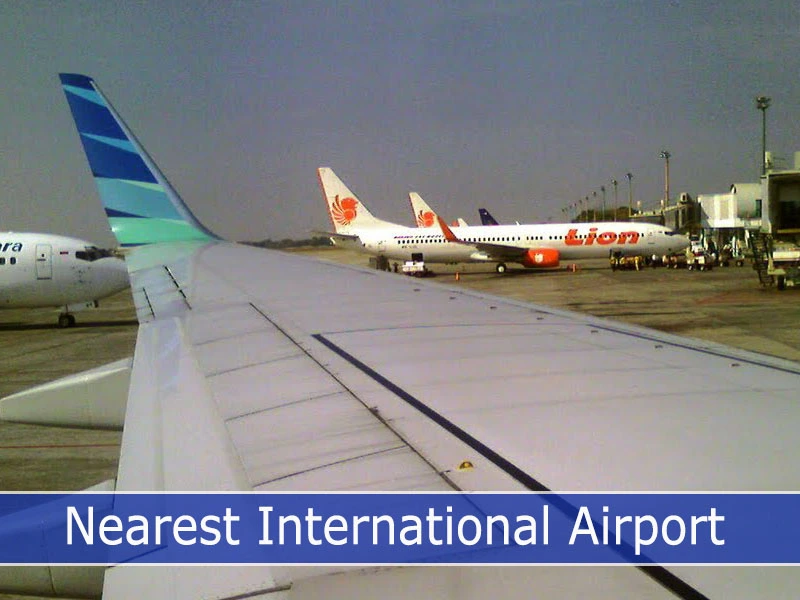
Nearest International Airport
The closest international airport to the Banda Sea is Sultan Hasanuddin International Airport (UPG) in Makassar, South Sulawesi.
Several airlines offer international and domestic flights to this airport, including Garuda Indonesia, Lion Air, and Sriwijaya Air.
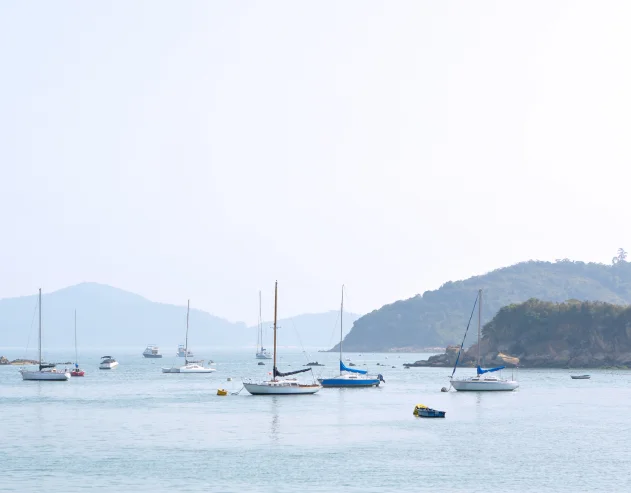
Domestic Flights and Local Transportation
From Makassar, you can take a domestic flight to Ambon's Pattimura Airport (AMQ) and then to Banda Neira Airport (NDA) in the Banda Islands.
Alternatively, you can fly from Jakarta or Bali to Ambon, and then take a ferry or speedboat to Banda Neira.

Port City
Most Liveaboards anchor in Ambon harbor or Tulehu harbor. Tulehu is a short 45 minutes away from the main city of Ambon but you should check with your Banda Sea liveaboard where precisely they will anchor and if they provide airport transfer.
Preparing for Your Banda Sea Liveaboard Adventure
Travel Documentation
Ensure that you have a valid passport with at least six months remaining before expiration. Additionally, check visa requirements for your nationality, as many countries are eligible for a 30-day visa on arrival in Indonesia, which can be extended for an additional 30 days.
With the new COVID requirements, ideally you should also ensure that you meet the vaccination necessities asked by Indonesia.
Get In Touch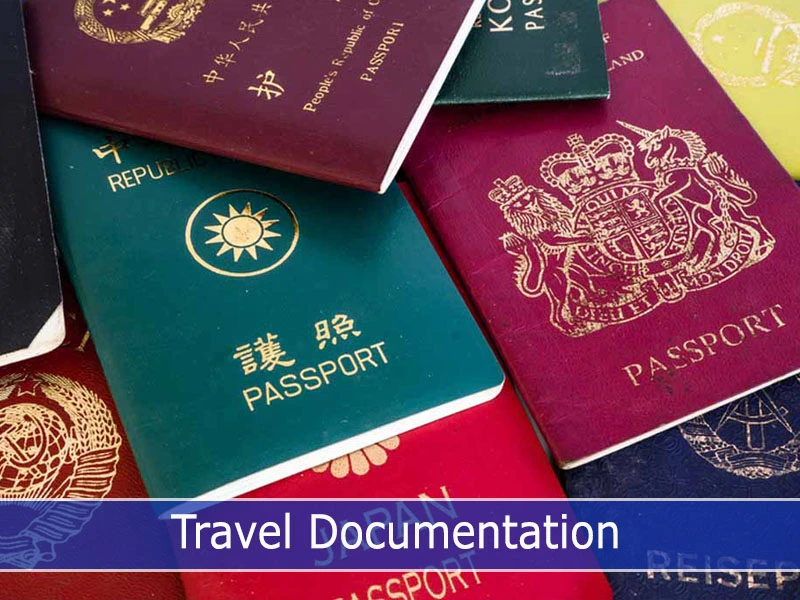
Health and Safety Precautions
Before embarking on your liveaboard adventure, it is essential to have a valid diving certification and dive insurance. It is also recommended to complete a medical check-up to ensure you are fit for diving.
By far the most important factor is to have a dive certification minimum Advanced Open Water Diver with at least 50 logged dives. Diving insurance is paramount and you should not ignore it.
While the Banda Sea is generally safe, it is always wise to follow standard dive safety procedures, such as diving within your limits, adhering to your liveaboard operator's guidelines, and carrying appropriate safety equipment like a surface marker buoy (SMB) and a dive computer.
Get In Touch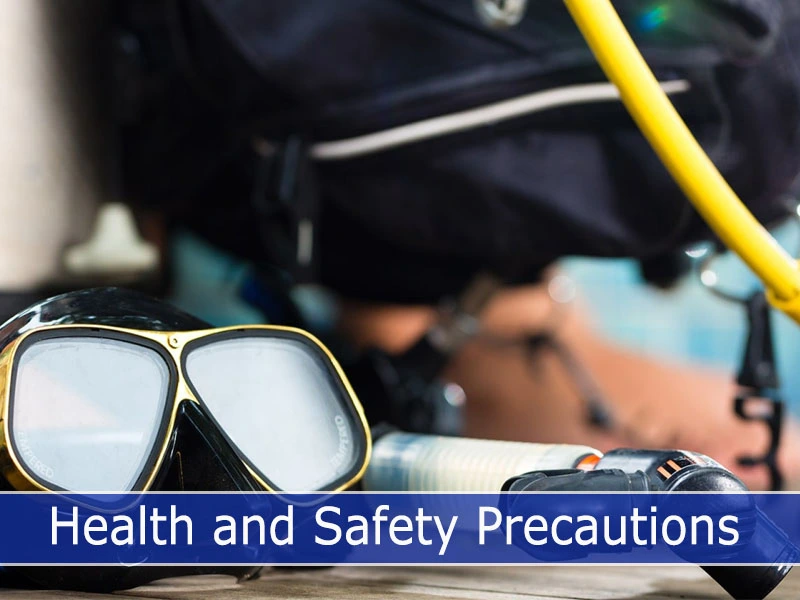
Frequently Ask Question
Everything you need to know about the product and billing. Can't find the answer You're looking for? Please chat to our friendly team.
See More FAQsWhat is a Banda Sea Liveaboard?
What kind of activities can I expect on a Banda Sea Liveaboard?
What kind of marine life can I see on a Banda Sea Liveaboard?
When is the best time to go on a Banda Sea Liveaboard?
How long does a typical Banda Sea Liveaboard trip last?
What should I pack for a Banda Sea Liveaboard trip?
What kind of accommodation can I expect on a Banda Sea Liveaboard?
What kind of food is served on a Banda Sea Liveaboard?
Do I need diving experience to go on a Banda Sea Liveaboard?
How much does a Banda Sea Liveaboard trip cost?
Join more than 1,000 monthly guests from all around the world visiting us for Scuba Diving, PADI Courses, Snorkeling, and Freediving.
Email or contact us by WhatsApp. We reply promptly between 9AM and 5PM, every day.